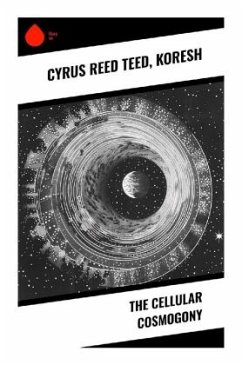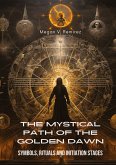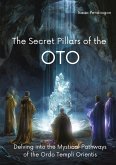The Cellular Cosmogony' is an intriguing anthology that explores the esoteric and pseudoscientific underpinnings of the cosmos as envisaged by the unique perspectives of Cyrus Reed Teed, also known as Koresh. This collection delves into a range of literary styles, from scientific discourse to mystical revelations, mirroring the complex interplay of science and spirituality at the turn of the 20th century. The works within challenge conventional perceptions of the universe, proposing a cellular cosmogony where the Earth is a hollow sphere containing the entire universe, a concept that captivates and confounds in equal measure. The contributors, led by Koresh himself, were part of a broader Utopian movement, integrating religious, scientific, and philosophical ideas into their writings. As a collective, their work is a testament to the cultural and intellectual ferment of their era, marked by a quest for deeper understanding beyond the mainstream scientific methods. The radical ideas presented serve not only as historical artifacts but also as provocations to the prevailing norms of their time, inviting a reevaluation of established cosmic views. 'The Cellular Cosmogony' offers readers a profound journey into the depths of alternative cosmological theories. For students of historical and cultural movements, as well as for those intrigued by the intersections of science and pseudoscience, this anthology presents a valuable compilation of thought-provoking ideas. By immersing oneself in the collection, one gains a broader perspective on the diversity of intellectual exploration and the rich dialogue between differing, often controversial, viewpoints.








